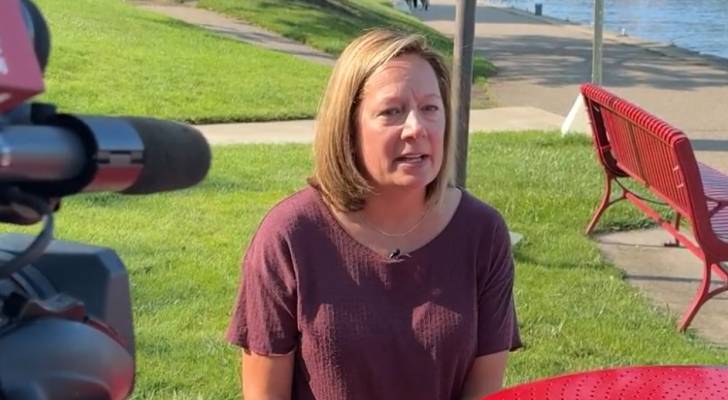A recent incident involving a student at Grand Valley State University (GVSU) in Allendale, Michigan, has drawn attention to the implications of the Freedom of Information Act (FOIA). The student, seeking access to documents related to an ongoing investigation in which he is involved, was surprised to receive a staggering $84,000 bill for the records instead of the information he requested. The bill has raised concerns among his family and advocates regarding its potential use as a barrier to transparency. The student’s mother, Carrie Uthe, voiced her frustration, suggesting that the university’s excessive fee could discourage her son from pursuing his rights under the FOIA. Encouraging a dialogue about fairness and access to information in educational institutions, this scenario opens up questions about the balance between operational costs and public access to information.
The Freedom of Information Act itself is designed to promote transparency within government operations by allowing the public to request access to documents from federal agencies. Its intent is to facilitate a clear understanding of governmental decision-making processes. For instance, journalists often use FOIA requests to access internal communications that illuminate policy decisions or regulatory approvals. While no fees are required to submit a request, agencies have the option to impose charges for the time taken to search for records. Typically, the first two hours of search time and the first 100 pages of duplication are provided without cost; beyond that, fee structures are established based on personnel salaries involved in the search.
In the case at GVSU, the institution cited that the request was “very broad,” necessitating a detailed review of over 59,000 emails, which would include redacting sensitive information. The university stated it followed its standard procedure for calculating the substantial fee, attributing the high cost to the extensive time anticipated for the search. Despite this justification, legal experts familiar with FOIA processes expressed skepticism regarding the legitimacy of such a bill. Mike Walsh, a GVSU attorney and adjunct faculty member, noted he had never seen a fee of this magnitude for a FOIA request and emphasized the importance of access to records as a means for citizens to understand governmental workings.
The calculations suggesting a request requiring over 1,012 hours of search time have raised eyebrows. Based on typical federal agency fee structures, this would mean that GVSU’s fee rate approximated the highest tier of compensation for personnel reviewing the records. Despite efforts to clarify the costs, Uthe reported no feedback regarding her son’s inquiries about refining the request or seeking a reasonable fee adjustment. Such situations underline the necessity for individuals filing FOIA requests to be specific about the information they seek, as broad or undefined requests often lead to inflated estimates and unwieldy charges.
Experts recommend several strategies for filing FOIA requests to mitigate the chance of excessive fees. Being clear about the dates, scope, and specifics of the request can prevent the encompassing breadth that often results in costly bills. Additionally, it is advisable for requesters to engage with agency personnel to determine which documents are most relevant, thereby potentially reducing search times. Under FOIA regulations, if an agency anticipates that processing fees will surpass $25, it is required to notify the requester, providing an opportunity to narrow the request scope ahead of time.
Furthermore, while individuals have the option to request fee waivers, approval is limited and usually contingent on the likelihood that the information will enhance public understanding of governmental affairs. Unfortunately, for individuals seeking personal records—like Uthe’s son—the chances of receiving such waivers decrease significantly. Given the complexities surrounding FOIA requests, it is crucial for requesters to understand the contours of the law, the associated fee structures, and how to navigate the submission process effectively to avoid unnecessary burdens. Overall, the situation at GVSU serves as a potent reminder of the ongoing challenges related to transparency in public institutions, illustrating the delicate interplay between the pursuit of knowledge and institutional cost barriers.

